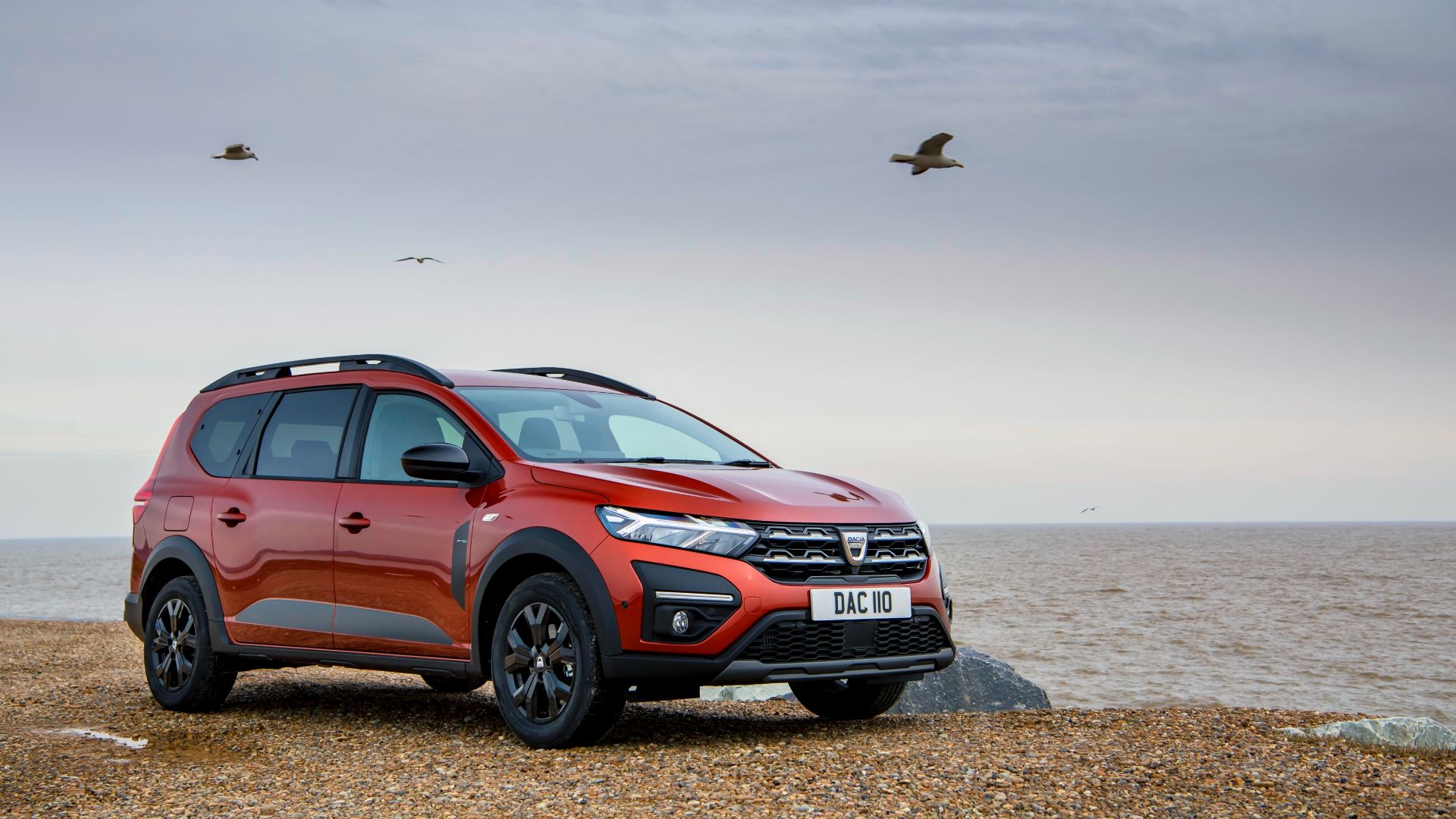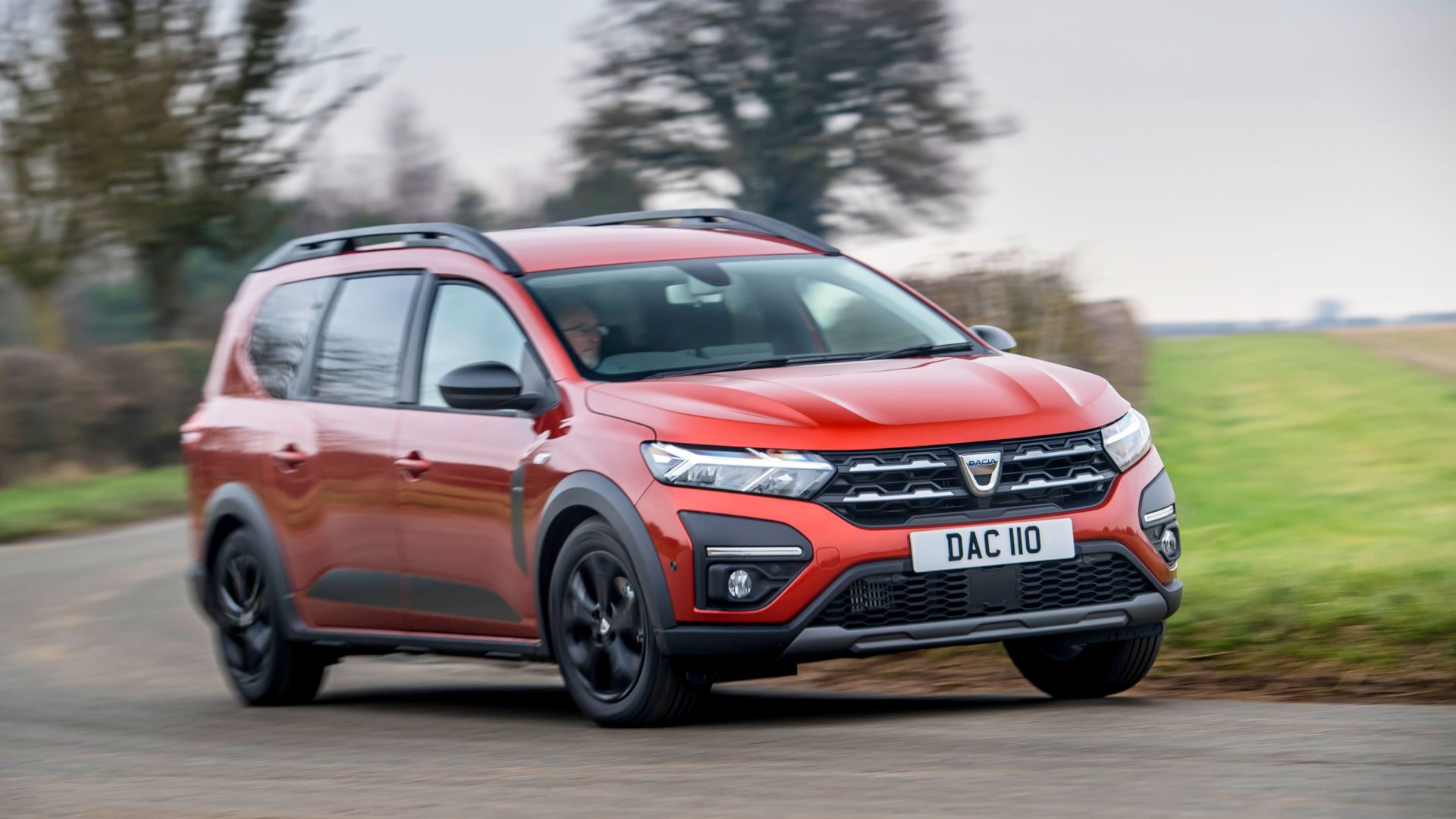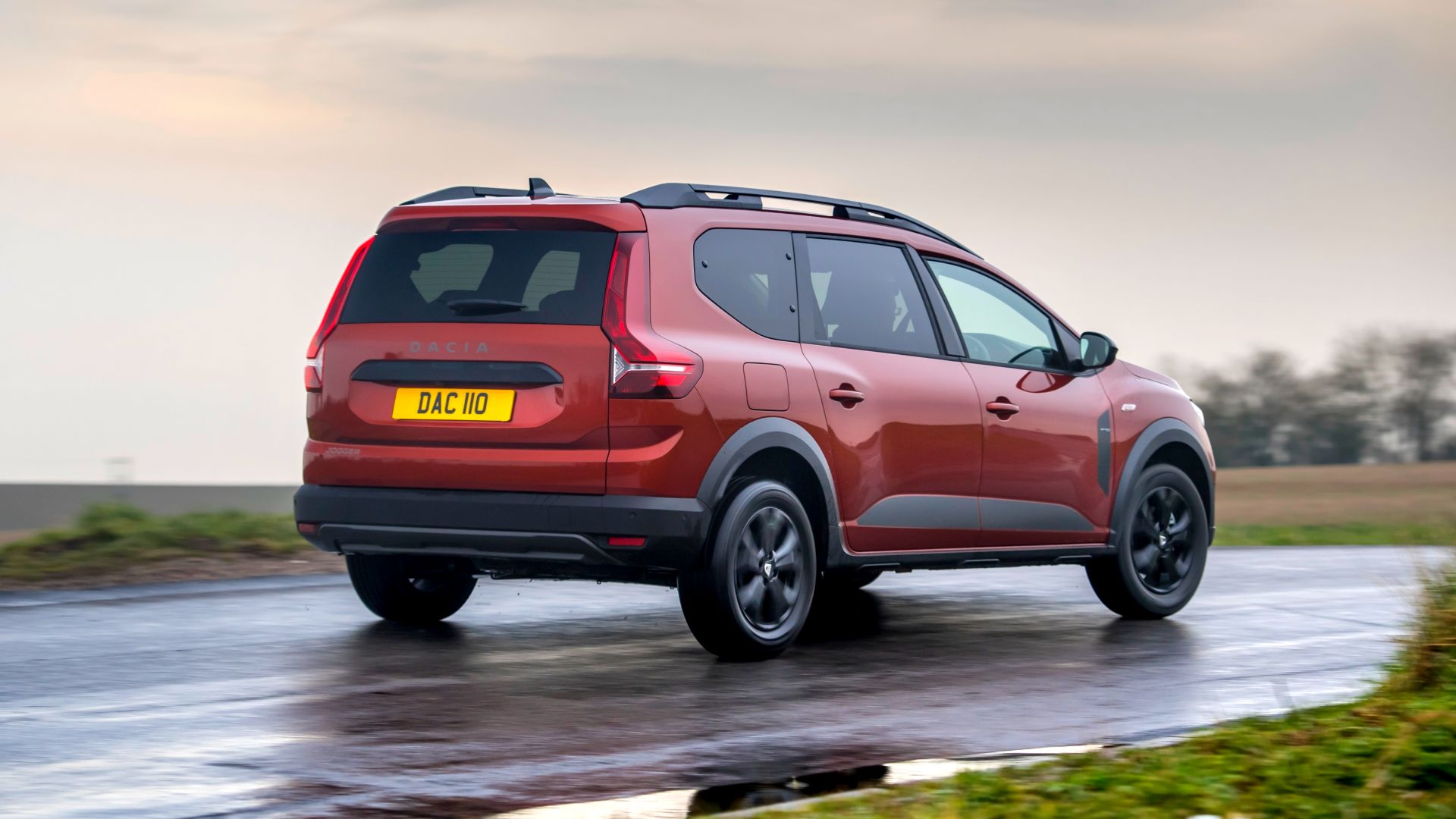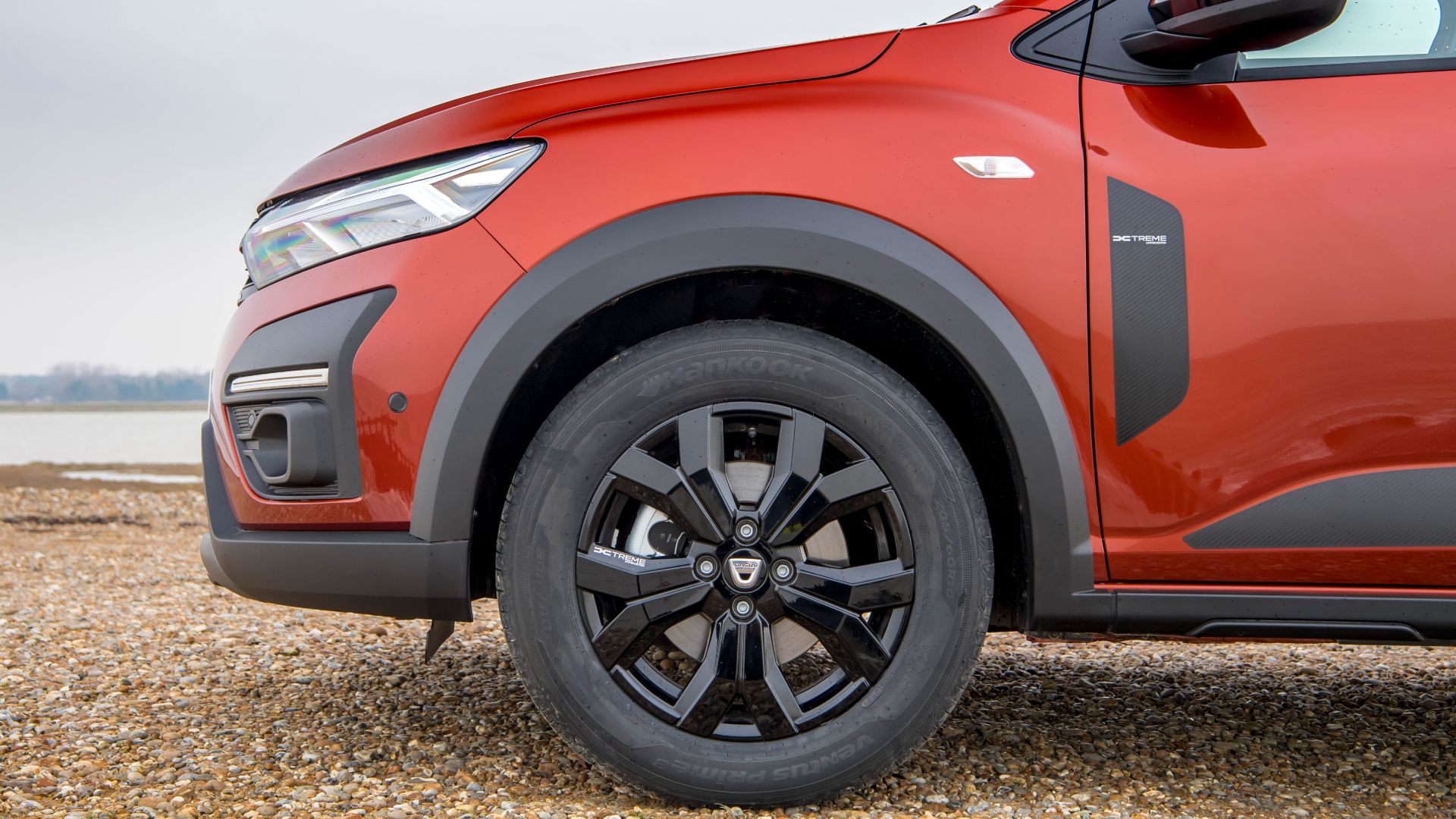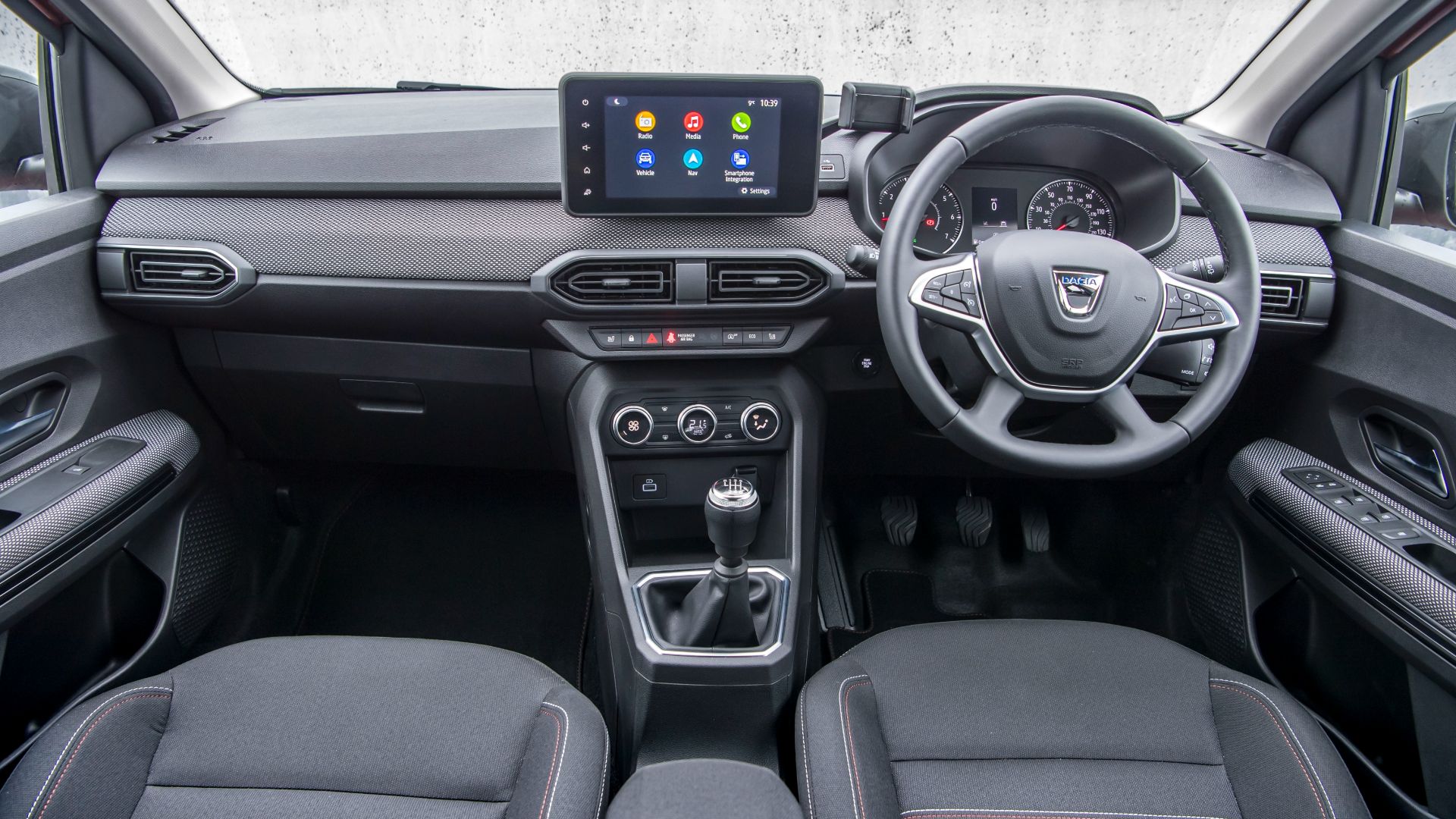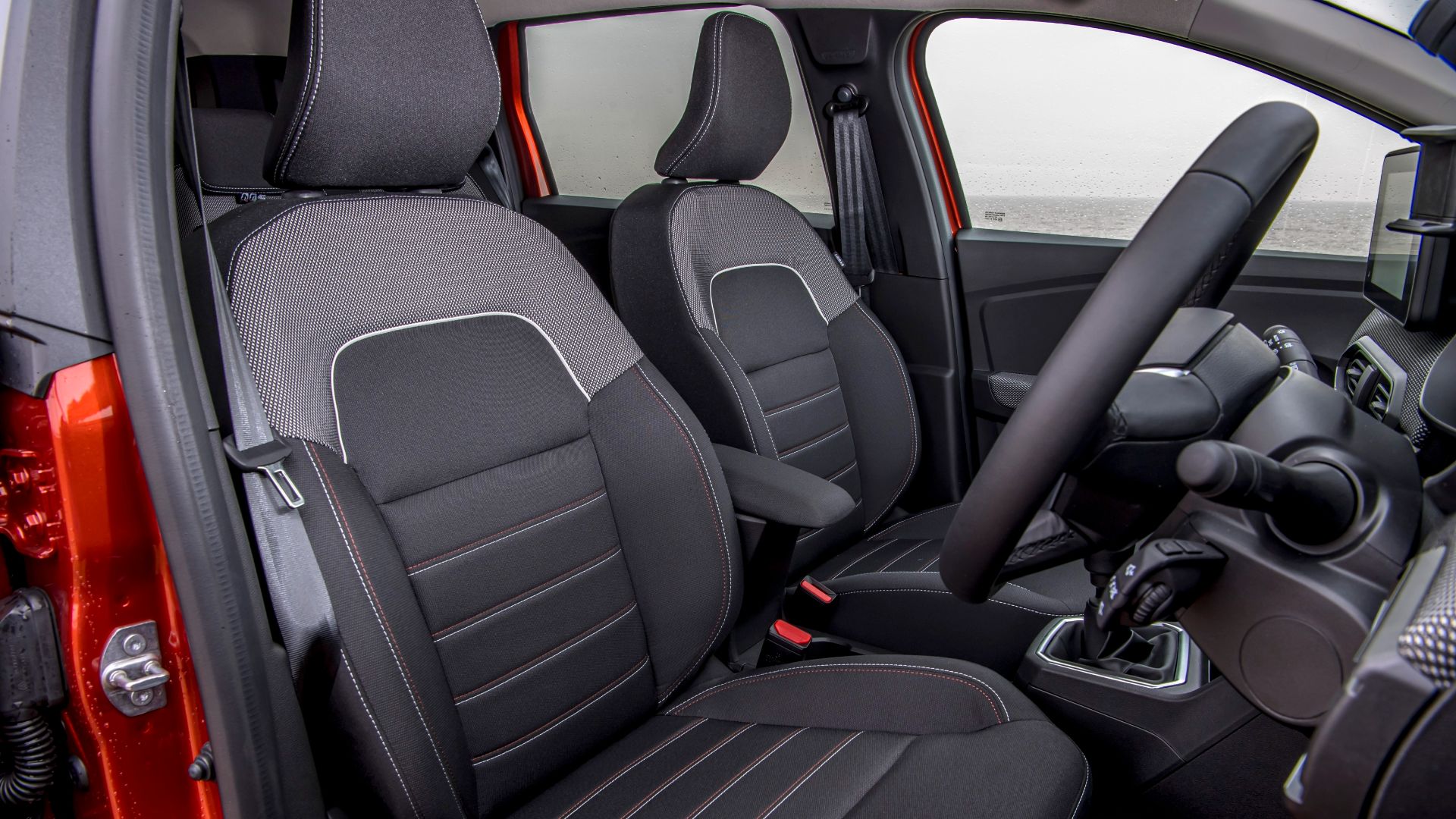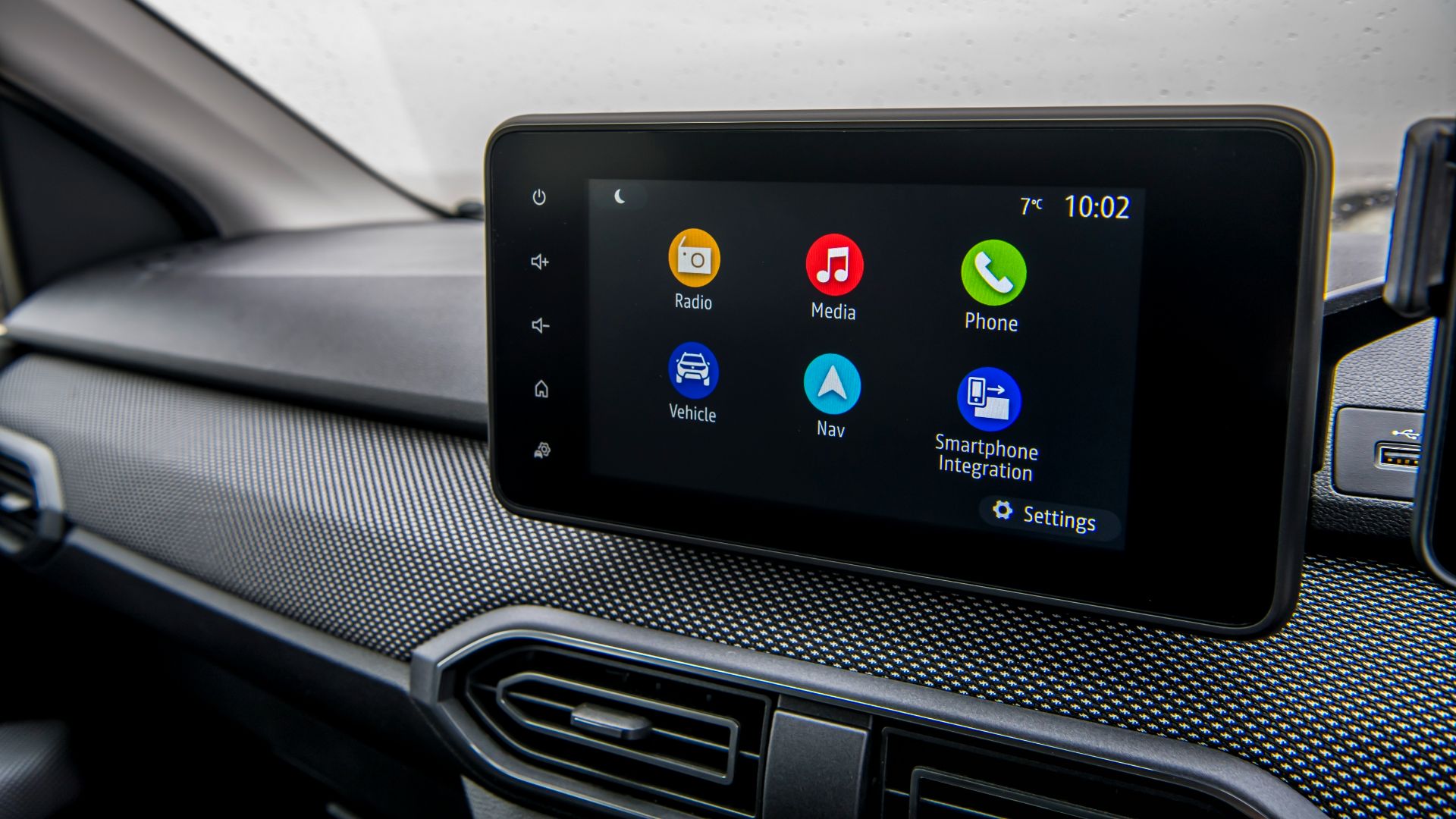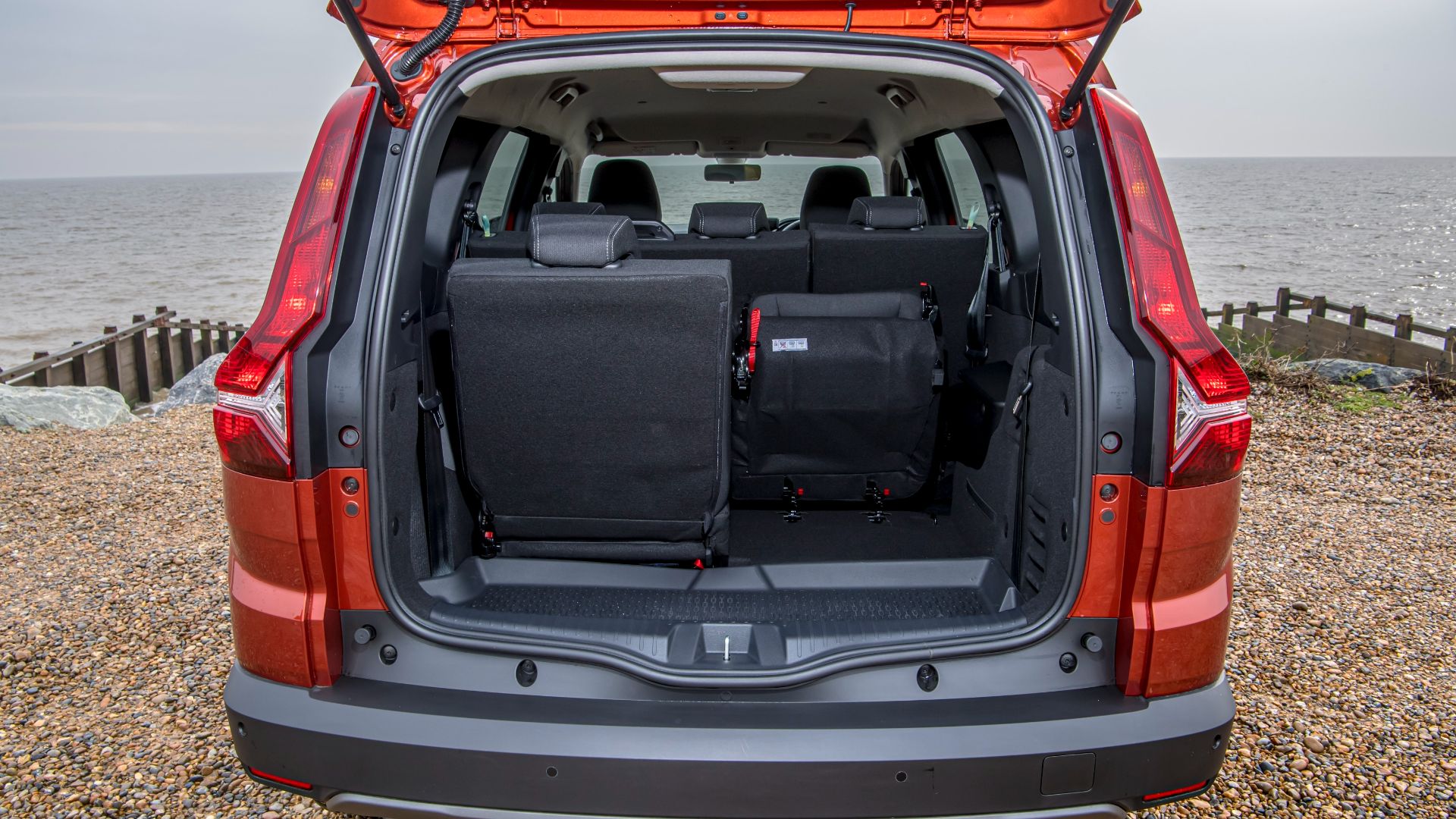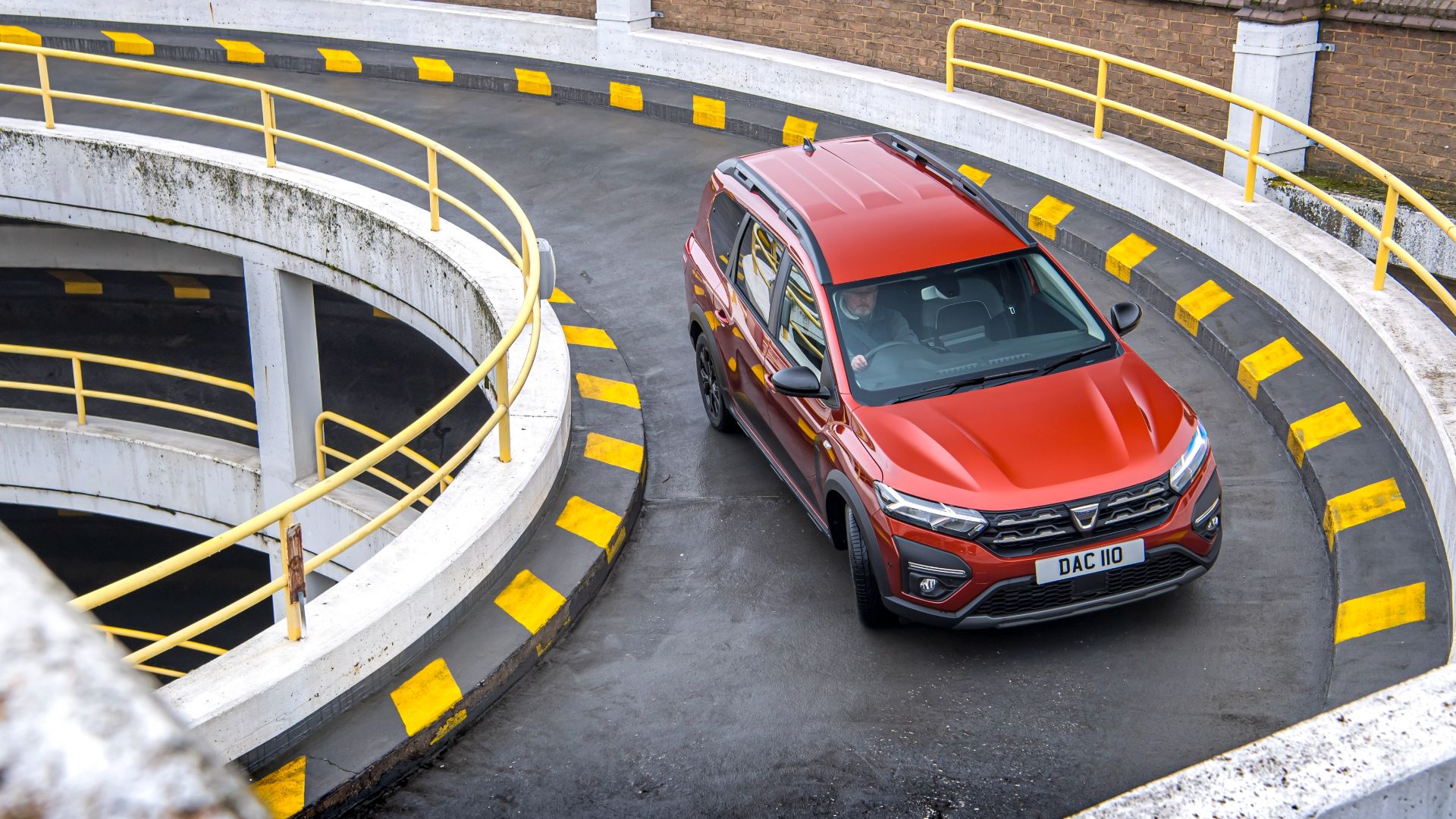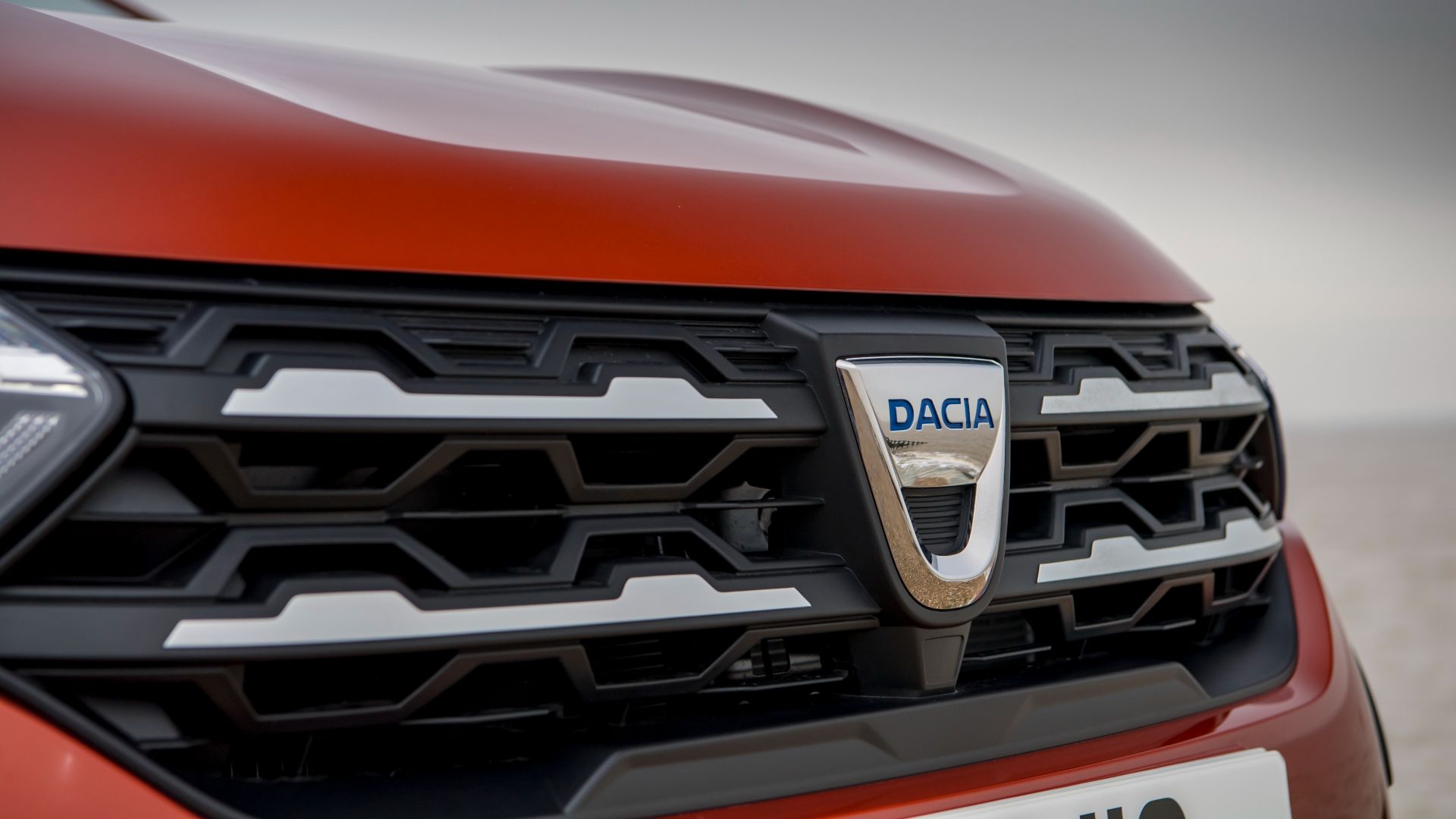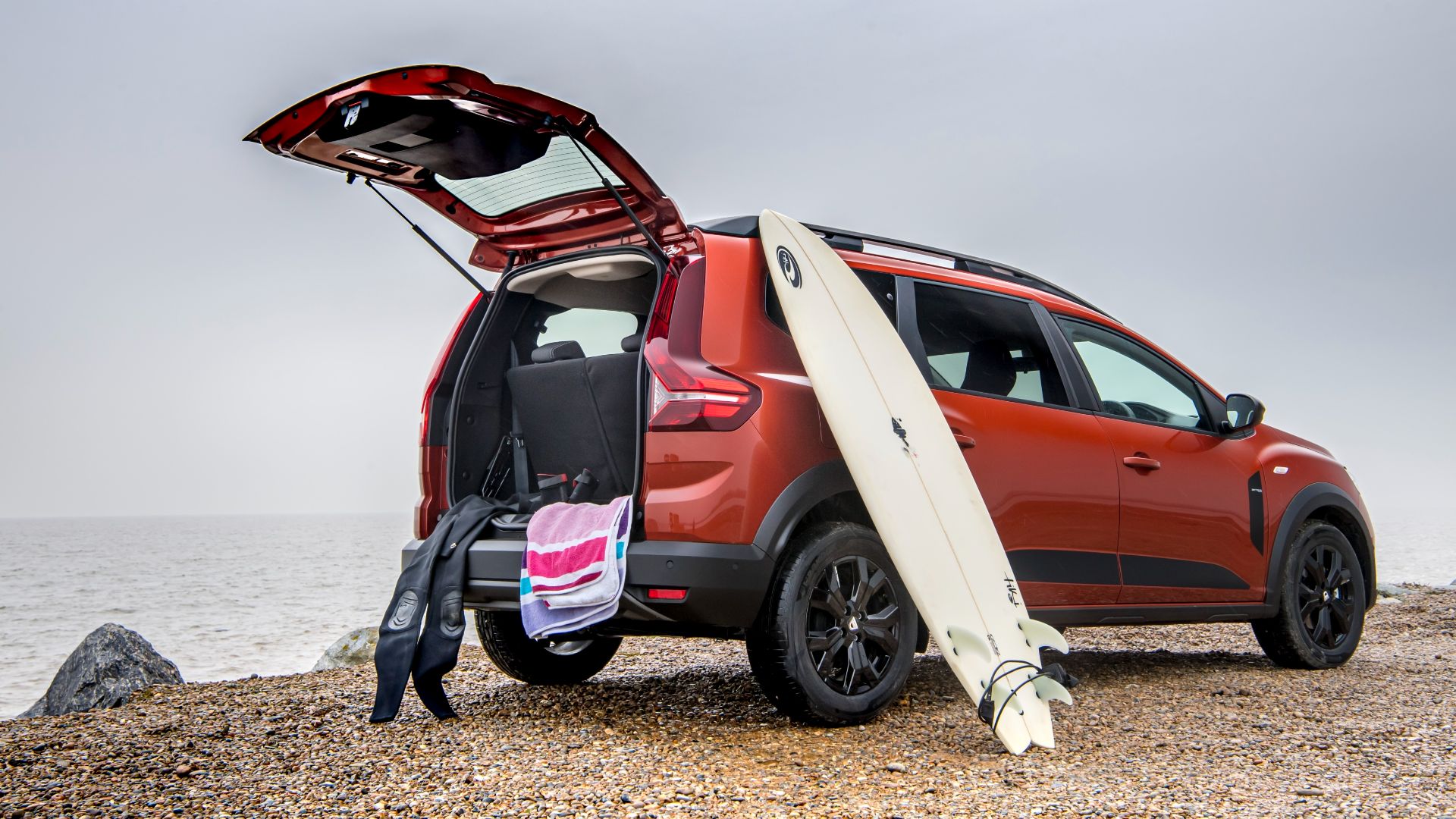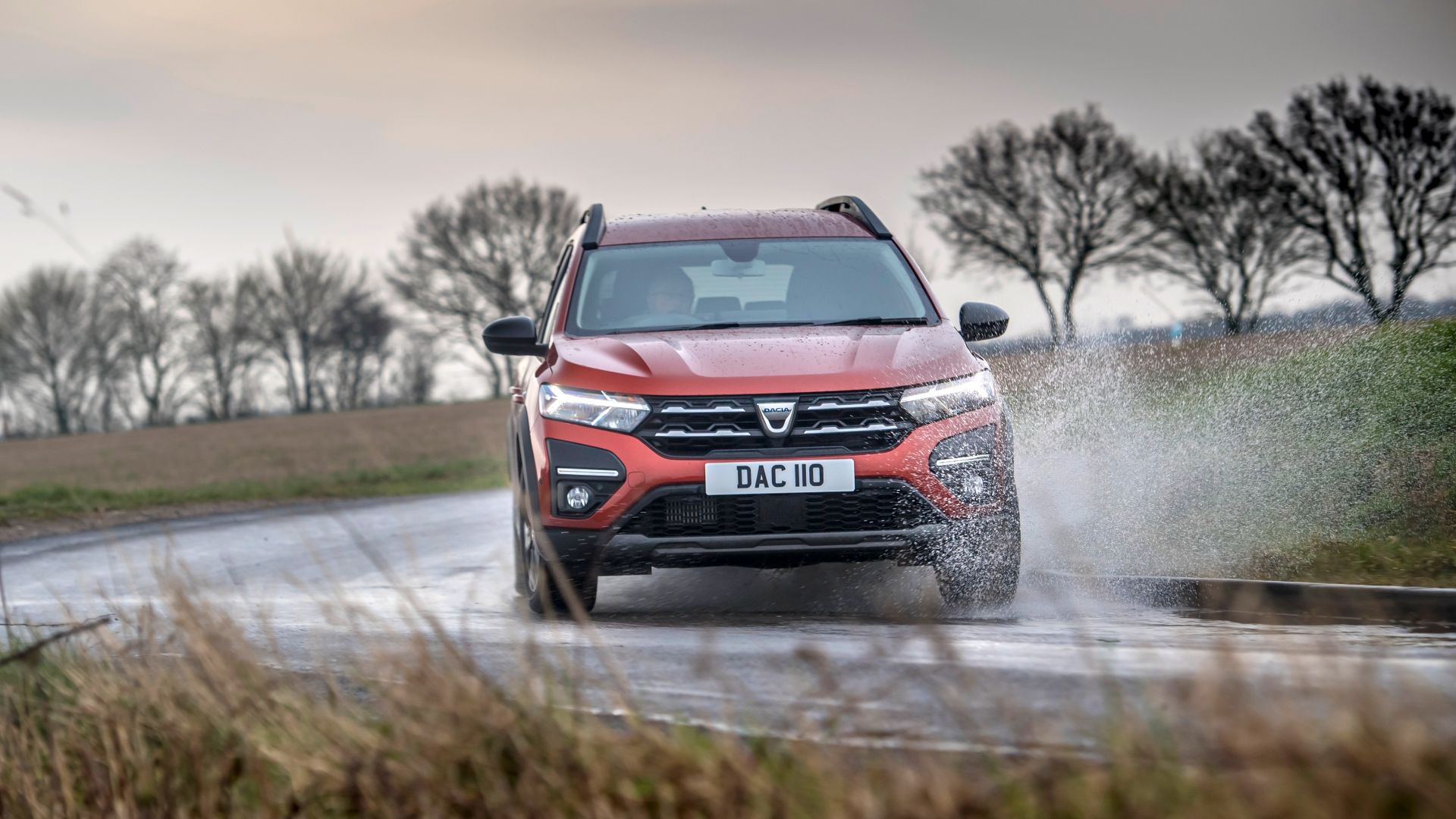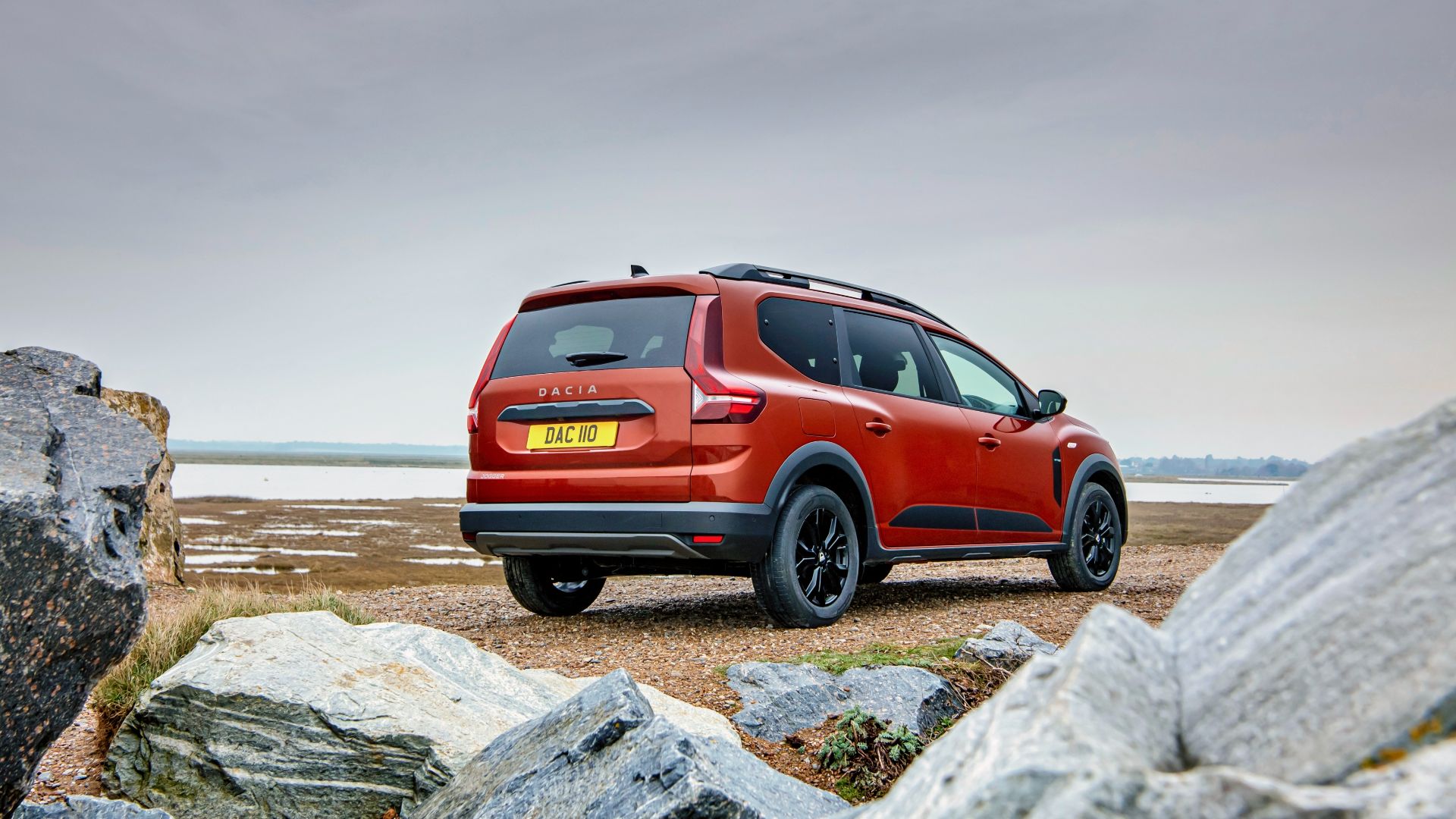Last month, I spent a few indulgent days with the Rolls-Royce Cullinan Black Badge. At £306,935, this excess-all-areas SUV is a family car for the one percent. Actually, make that the 0.1 percent.
The Dacia Jogger has a very different demographic. At £15,345, this back-to-basics estate is a family car for, well, everyone else. You could have 20 Joggers for the cost of one Cullinan. Or just buy one and live at the Ritz for a year with the leftover change.
Either way, the Dacia is outrageously good value: a roomy seven-seater that costs nearly £3,000 less than the cheapest Ford Fiesta. A no-deposit PCP finance deal is just £208 a month. For that kind of cash, its only rivals are second-hand.
Life’s a beach
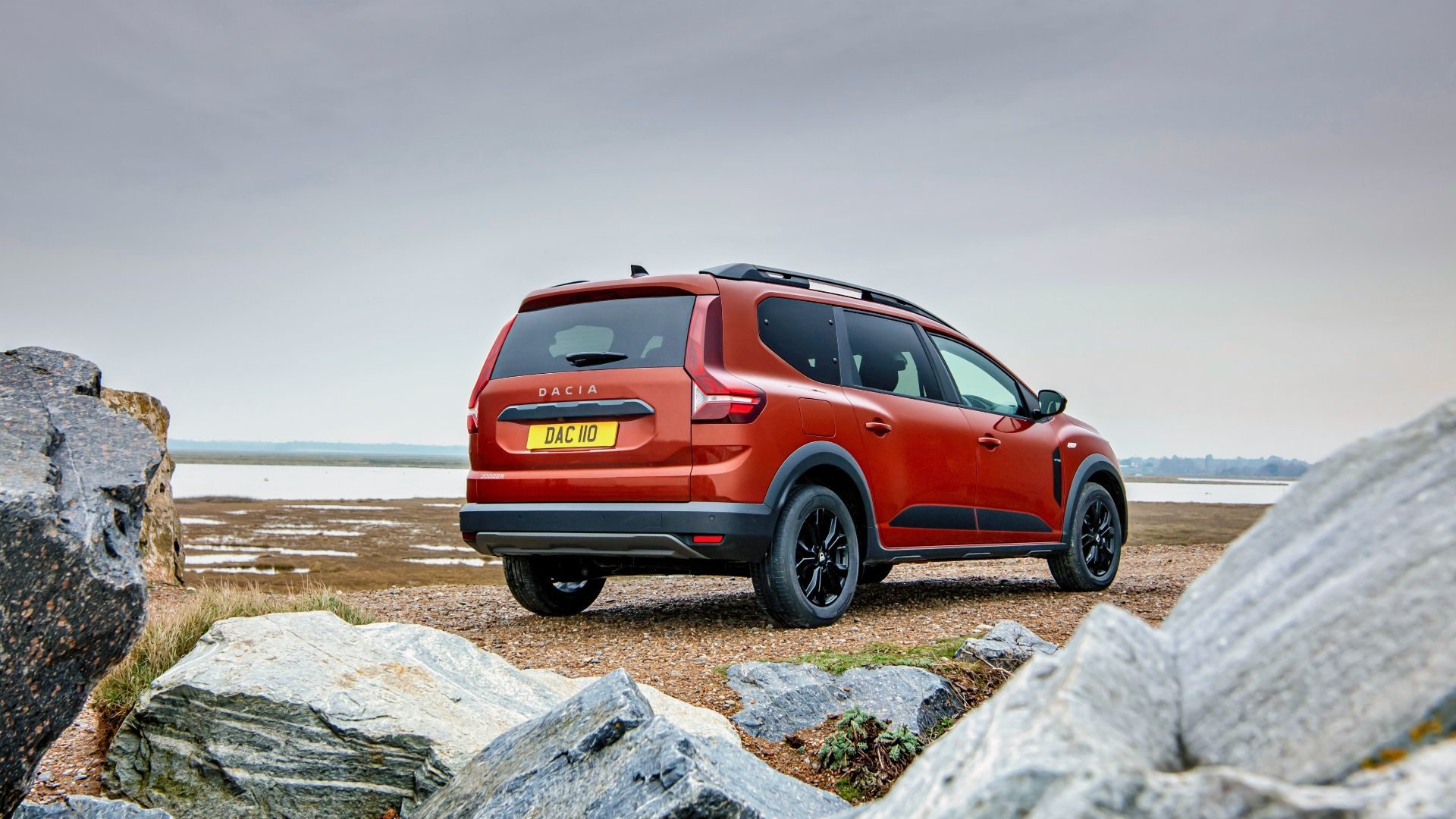
The Jogger is a traditional estate car at heart, but its raised ground clearance, wide wheelarches and rugged skid plates offer a dash of SUV style. I can imagine chucking a couple of mountain bikes in the back, or strapping surfboards to the roof rails. I’d stop short of calling it cool, though.
Inside, the Jogger’s plasticky dashboard is shared with the Sandero hatchback. In basic Essential guise, you get air-con, Bluetooth and DAB audio, cruise control and rear parking sensors.
My Comfort-spec car (from £16,945) also had an 8.0-inch touchscreen with Apple and Android phone connectivity. Frankly, it’s all the infotainment you need. Options are limited to metallic paint and a spare wheel.
With all the seats occupied, luggage space is a modest 180 litres. Fold the third row flat, however, and the boot swells to 699 litres – more than twice the size of a Sandero. Passengers will appreciate the huge headroom and ascending, stadium-style seating, even if the rearmost row is best suited to children.
Jogging along
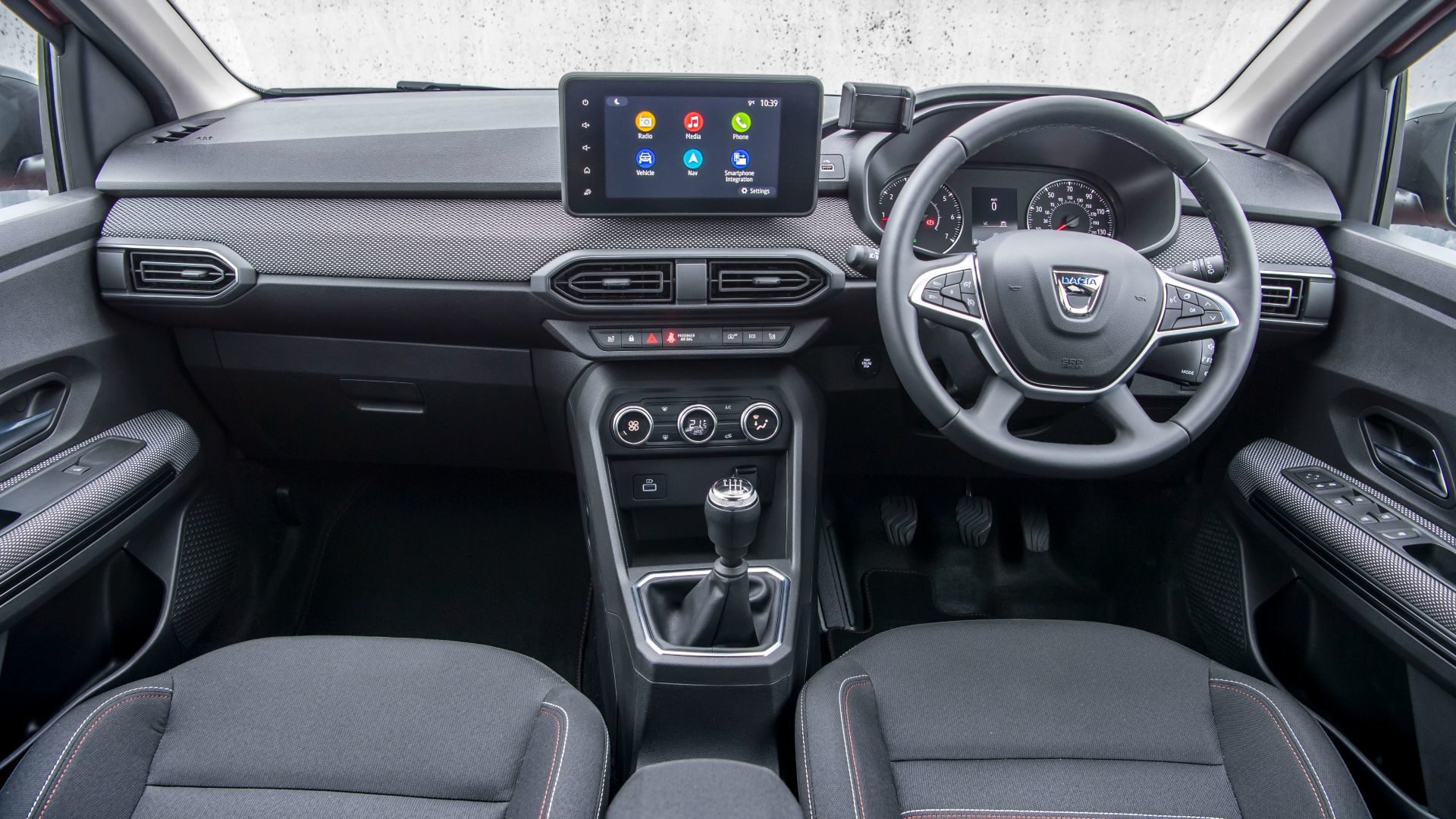
Dacia’s 110hp three-cylinder engine can’t match the omnipotent majesty of Rolls-Royce’s 600hp V12, yet it’s perfectly adequate for the task. Zero to 62mph takes 11.4 seconds and official fuel economy is 48.7mpg. If you want an automatic transmission – or more miles per gallon – you’ll have to wait for the hybrid version, due in 2023.
While Dacias of the past used outdated Renault tech, the Jogger is based on the CMF-B platform that underpins the current Clio. Despite this, it feels pleasingly old-school to drive, with feelsome steering, a knuckly six-speed manual gearbox and plenty of body-roll in corners.
A kerb weight of just 1,200kg helps the Jogger feel quite lively, too. It’s certainly more fun than many modern SUVs. And when you’re seven-up and taking it steady, the long-travel suspension and sensible 16-inch wheels do a good job of soaking up bumps. For little more than £15,000, what’s not to like?
The elephant enters
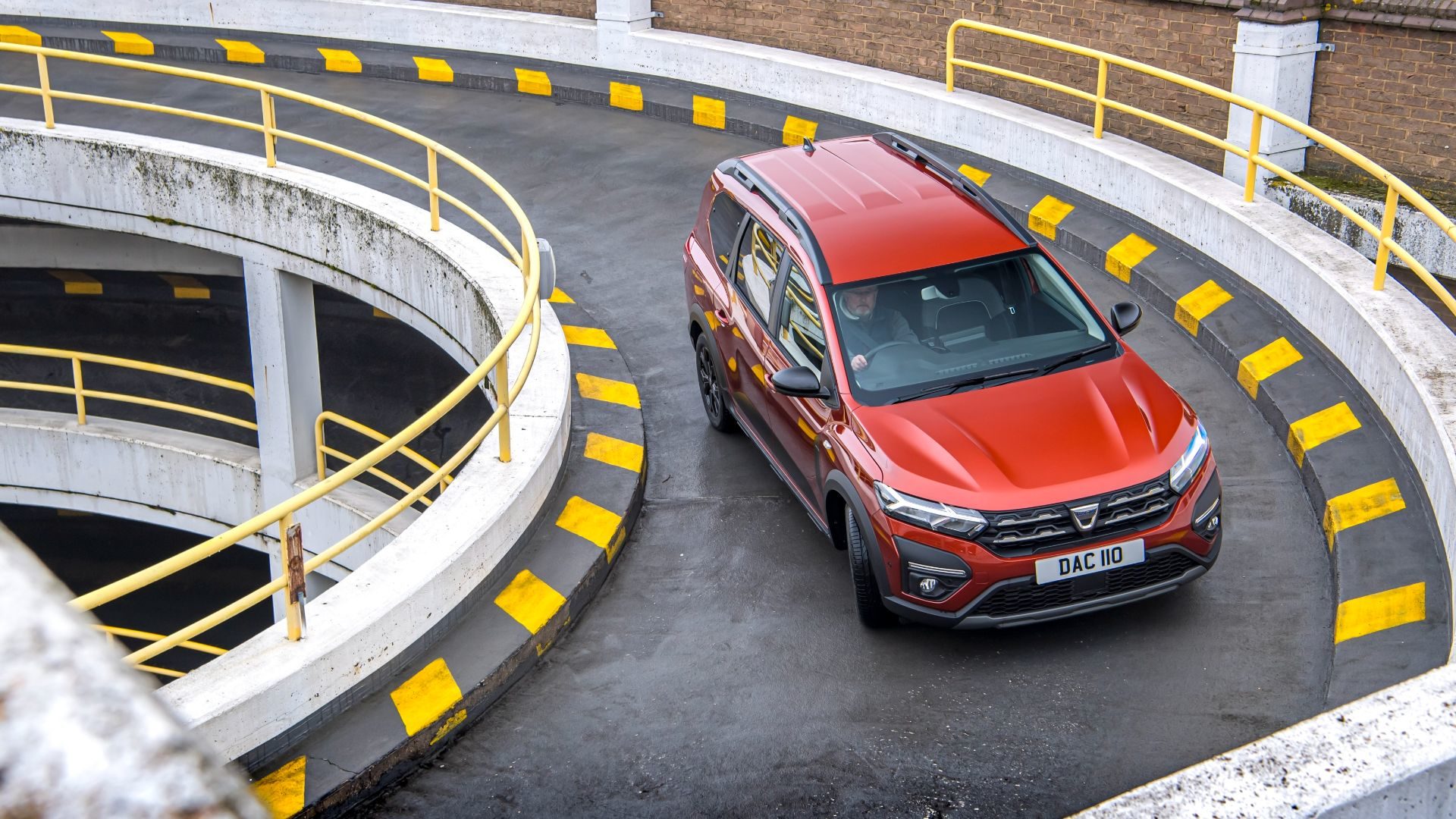
Well, there is an elephant in the room: the Jogger’s one-star safety rating from Euro NCAP. That seems unforgivable for a family car, but the reality isn’t so clear-cut. You see, the Dacia scored 70 percent (equivalent to four stars out of five) for adult occupant protection and 69 percent (three stars) for child protection. Where it fell down was in the safety assist category.
The Jogger’s lack of a lane-assist system, and of seatbelt reminders for the third-row seats, led to 39 percent (one star) score in this area. And because Euro NCAP rules dictate that a car can’t be rated higher than its worst performing category, this doomed it to one star overall. Could Dacia do better? Absolutely. Is it still safer than an ageing estate car? Very probably.
The Jogger feels like a car for our times: affordable, practical and unpretentious. As the cost of living continues to soar, buying one feels like beating the system. As the Dacia ad tagline says: you do the maths.
ALSO READ:
Dacia builds its 10 millionth new car
Dacia Duster Bi-Fuel 2022 review
Rivals: Dacia Duster, Ford Focus, Kia Ceed
